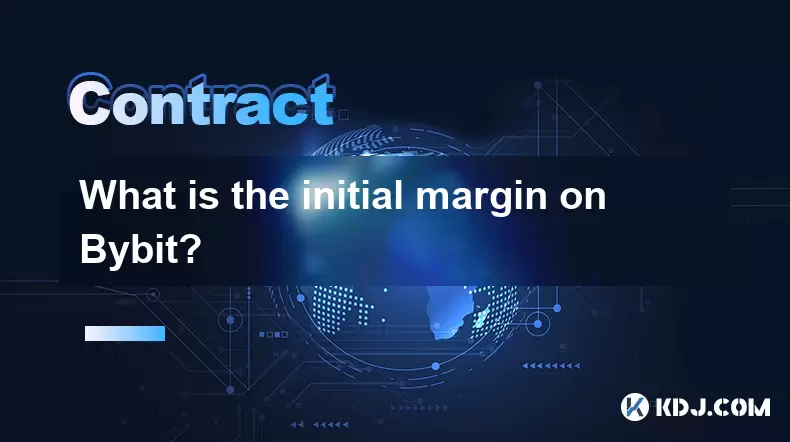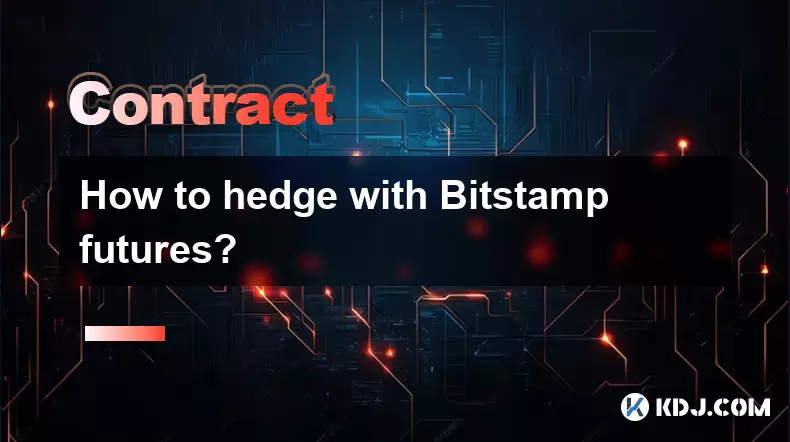-
 Bitcoin
Bitcoin $118800
1.58% -
 Ethereum
Ethereum $3746
0.77% -
 XRP
XRP $3.504
0.58% -
 Tether USDt
Tether USDt $1.000
0.01% -
 BNB
BNB $795.9
5.17% -
 Solana
Solana $202.3
1.89% -
 USDC
USDC $0.0000
0.02% -
 Dogecoin
Dogecoin $0.2660
0.42% -
 Cardano
Cardano $0.8851
0.64% -
 TRON
TRON $0.3168
2.24% -
 Hyperliquid
Hyperliquid $45.60
3.36% -
 Stellar
Stellar $0.4696
2.37% -
 Sui
Sui $3.964
0.86% -
 Chainlink
Chainlink $19.55
0.72% -
 Hedera
Hedera $0.2711
1.51% -
 Avalanche
Avalanche $25.71
0.02% -
 Bitcoin Cash
Bitcoin Cash $526.7
1.89% -
 Litecoin
Litecoin $120.5
4.40% -
 Shiba Inu
Shiba Inu $0.00001524
0.31% -
 UNUS SED LEO
UNUS SED LEO $8.994
0.01% -
 Toncoin
Toncoin $3.290
0.71% -
 Polkadot
Polkadot $4.498
2.49% -
 Uniswap
Uniswap $10.74
1.57% -
 Ethena USDe
Ethena USDe $1.001
0.01% -
 Monero
Monero $324.0
2.53% -
 Pepe
Pepe $0.00001410
0.25% -
 Bitget Token
Bitget Token $4.825
-0.16% -
 Dai
Dai $0.9999
0.01% -
 Aave
Aave $307.9
-2.13% -
 Bittensor
Bittensor $447.8
1.32%
What is the initial margin on Bybit?
Bybit's initial margin is the minimum collateral needed to open a leveraged position, calculated as position size divided by leverage, and varies by market and margin mode.
Jul 23, 2025 at 01:35 am

Understanding Initial Margin on Bybit
The initial margin on Bybit refers to the minimum amount of collateral required to open a leveraged position in either spot, futures, or perpetual contracts. This value is expressed as a percentage of the total position size and varies depending on the selected leverage level. For instance, if a trader chooses 10x leverage, the initial margin requirement would be 10% of the position value. Higher leverage reduces the initial margin needed but increases liquidation risk. Bybit allows users to adjust leverage within permissible limits for each contract type, directly influencing the initial margin.
Each trading pair on Bybit has specific margin requirements based on volatility, market conditions, and risk parameters set by the exchange. The system calculates the initial margin automatically when placing an order, provided that sufficient funds exist in the designated wallet—either Unified Margin Account or Isolated Margin mode. Users must ensure their account balance meets or exceeds this threshold before execution; otherwise, the trade will be rejected due to insufficient margin.
Differences Between Isolated and Cross Margin Modes
Bybit offers two primary margin modes: Isolated Margin and Cross Margin. In Isolated Margin, the initial margin is fixed and allocated exclusively to a single position. Any changes in leverage affect only that particular trade. Traders can manually adjust leverage and thereby modify the initial margin commitment without impacting other open positions.
In contrast, Cross Margin uses the entire available balance in the wallet as potential collateral. While there isn’t a fixed "initial margin" per se, the system dynamically allocates necessary margin from the total equity. This mode may reduce the chance of liquidation under volatile conditions since additional funds act as buffer support. However, it also means losses could deplete more capital compared to isolated setups.
When opening a position, traders must select the appropriate mode based on risk tolerance. Misunderstanding these settings might lead to unexpected outcomes, especially during high volatility events where margin requirements are recalculated in real time.
How to Calculate Initial Margin on Bybit
Calculating the initial margin involves straightforward arithmetic based on position size and leverage. Follow these steps:
- Determine the contract value (number of contracts × mark price)
- Identify the chosen leverage multiplier (e.g., 20x, 50x)
- Divide the contract value by the leverage to get the initial margin
For example, suppose you're buying 1 BTCUSD perpetual contract at $60,000 with 20x leverage:
- Contract value = 1 × $60,000 = $60,000
- Leverage = 20x
- Initial margin = $60,000 ÷ 20 = $3,000
This result indicates the exact amount required to initiate the trade. On the Bybit interface, this calculation appears automatically once inputs like quantity and leverage are entered. Always verify displayed values before confirming trades.
Setting Up a Trade with Correct Initial Margin
To successfully place a leveraged trade on Bybit while meeting initial margin requirements, follow this procedure:
- Log into your Bybit account and navigate to the Derivatives section
- Select the desired market (e.g., USDT Perpetual, Inverse Futures)
- Choose between Isolated or Cross Margin mode using the toggle switch
- Enter the order size (in USD or number of contracts)
- Adjust the leverage slider to preferred level (visible above the order panel)
- Confirm that the Available Balance shown is greater than or equal to the required initial margin
- Place the order (Limit, Market, or Conditional)
If the available balance falls below the initial margin, Bybit displays an error such as “Insufficient Balance.” To resolve this, increase your wallet funds, reduce order size, or raise leverage (within allowed maximums). Note that certain high-leverage tiers require completing enhanced KYC verification.
Risks Associated with Initial Margin Requirements
Failing to maintain adequate margin exposes traders to forced closures. Even if the initial margin was sufficient at entry, adverse price movements can trigger maintenance margin breaches. Bybit monitors Margin Ratio continuously—the ratio of equity to liability. When this drops to the maintenance threshold, a margin call occurs. If not addressed, automatic liquidation follows.
High leverage lowers the initial margin but shrinks the buffer against price swings. A 1% move against a 100x leveraged position can erase the entire margin. Volatile assets like altcoins often have higher maintenance margins, demanding larger initial commitments relative to stablecoin pairs.
Additionally, funding fees in perpetual contracts indirectly influence effective margin usage over time. Long positions pay or receive funding every 8 hours; negative rates erode equity gradually, potentially pushing margin levels closer to danger zones even without price movement.
FAQs About Initial Margin on Bybit
Q: Can I change the initial margin after opening a position?
A: In Isolated Margin mode, you can add more margin to strengthen your position. Go to the active position panel, click “Add/Reduce Margin,” and transfer additional funds. You cannot decrease margin below the maintenance level. In Cross Margin, no direct adjustment is possible because margin draws dynamically from available balance.
Q: Does initial margin differ between coin-margined and USDT-margined contracts?
A: Yes. USDT-margined contracts use stablecoins for margin calculations, making values easier to track. Coin-margined contracts require payment in the base cryptocurrency (e.g., BTC, ETH), so fluctuations in the coin’s value impact effective margin. Always check denomination before trading.
Q: What happens if my balance exactly matches the initial margin requirement?
A: The trade will execute, but the position becomes extremely vulnerable. With no excess equity, even minor price shifts may breach maintenance margin, leading to immediate liquidation. It is advisable to maintain a buffer beyond the initial margin.
Q: Where can I view the initial margin for a pending order?
A: Hover over or tap the “Estimated Initial Margin” field in the order placement box. This updates in real time as you modify size or leverage. On mobile apps, expand the advanced options panel to see detailed margin breakdowns including fees and insurance fund contributions.
Disclaimer:info@kdj.com
The information provided is not trading advice. kdj.com does not assume any responsibility for any investments made based on the information provided in this article. Cryptocurrencies are highly volatile and it is highly recommended that you invest with caution after thorough research!
If you believe that the content used on this website infringes your copyright, please contact us immediately (info@kdj.com) and we will delete it promptly.
- Bitcoin Betting, Small Investors, and the Specter of Dollar Collapse: A New Yorker's Take
- 2025-07-23 08:50:11
- Altcoins, Binance Futures, and Bitcoin Rotation: Catching the Crypto Wave
- 2025-07-23 09:10:11
- Dianne Smith, a Spanish Doubloon, and JM Mason: A Pike County Tale
- 2025-07-23 08:30:13
- Bitcoin, Investor, and Computer Blunders: A $95 Million Lesson
- 2025-07-23 09:30:12
- Bitcoin Bulls Eye $115,000, Poised for a $120,000+ Breakout?
- 2025-07-23 08:50:11
- MoonBull vs. Turbo: Who Wins the Crypto Meme Coin Race in 2025?
- 2025-07-23 08:30:13
Related knowledge

Why is my Bitstamp futures position being liquidated?
Jul 23,2025 at 11:08am
Understanding Futures Liquidation on BitstampFutures trading on Bitstamp involves borrowing funds to open leveraged positions, which amplifies both po...

How to find your Bitstamp futures trade history?
Jul 23,2025 at 08:07am
Understanding Bitstamp and Futures Trading AvailabilityAs of the current state of Bitstamp’s service offerings, it is critical to clarify that Bitstam...

How to trade ETH perpetuals on Bitstamp?
Jul 23,2025 at 03:28am
Understanding ETH Perpetual ContractsETH perpetual contracts are derivative products that allow traders to speculate on the price of Ethereum without ...

How to hedge with Bitstamp futures?
Jul 23,2025 at 02:00am
Understanding Bitstamp Futures ContractsBitstamp futures are financial derivatives that allow traders to speculate on or hedge against the future pric...

What happens during a Bitstamp margin call?
Jul 23,2025 at 07:42am
Understanding Bitstamp Margin CallsA Bitstamp margin call occurs when the value of a trader’s equity in a margin position falls below the required mai...

What is maintenance margin on Bitstamp?
Jul 23,2025 at 10:08am
Understanding Maintenance Margin on BitstampMaintenance margin on Bitstamp refers to the minimum amount of equity that must be maintained in your marg...

Why is my Bitstamp futures position being liquidated?
Jul 23,2025 at 11:08am
Understanding Futures Liquidation on BitstampFutures trading on Bitstamp involves borrowing funds to open leveraged positions, which amplifies both po...

How to find your Bitstamp futures trade history?
Jul 23,2025 at 08:07am
Understanding Bitstamp and Futures Trading AvailabilityAs of the current state of Bitstamp’s service offerings, it is critical to clarify that Bitstam...

How to trade ETH perpetuals on Bitstamp?
Jul 23,2025 at 03:28am
Understanding ETH Perpetual ContractsETH perpetual contracts are derivative products that allow traders to speculate on the price of Ethereum without ...

How to hedge with Bitstamp futures?
Jul 23,2025 at 02:00am
Understanding Bitstamp Futures ContractsBitstamp futures are financial derivatives that allow traders to speculate on or hedge against the future pric...

What happens during a Bitstamp margin call?
Jul 23,2025 at 07:42am
Understanding Bitstamp Margin CallsA Bitstamp margin call occurs when the value of a trader’s equity in a margin position falls below the required mai...

What is maintenance margin on Bitstamp?
Jul 23,2025 at 10:08am
Understanding Maintenance Margin on BitstampMaintenance margin on Bitstamp refers to the minimum amount of equity that must be maintained in your marg...
See all articles

























































































